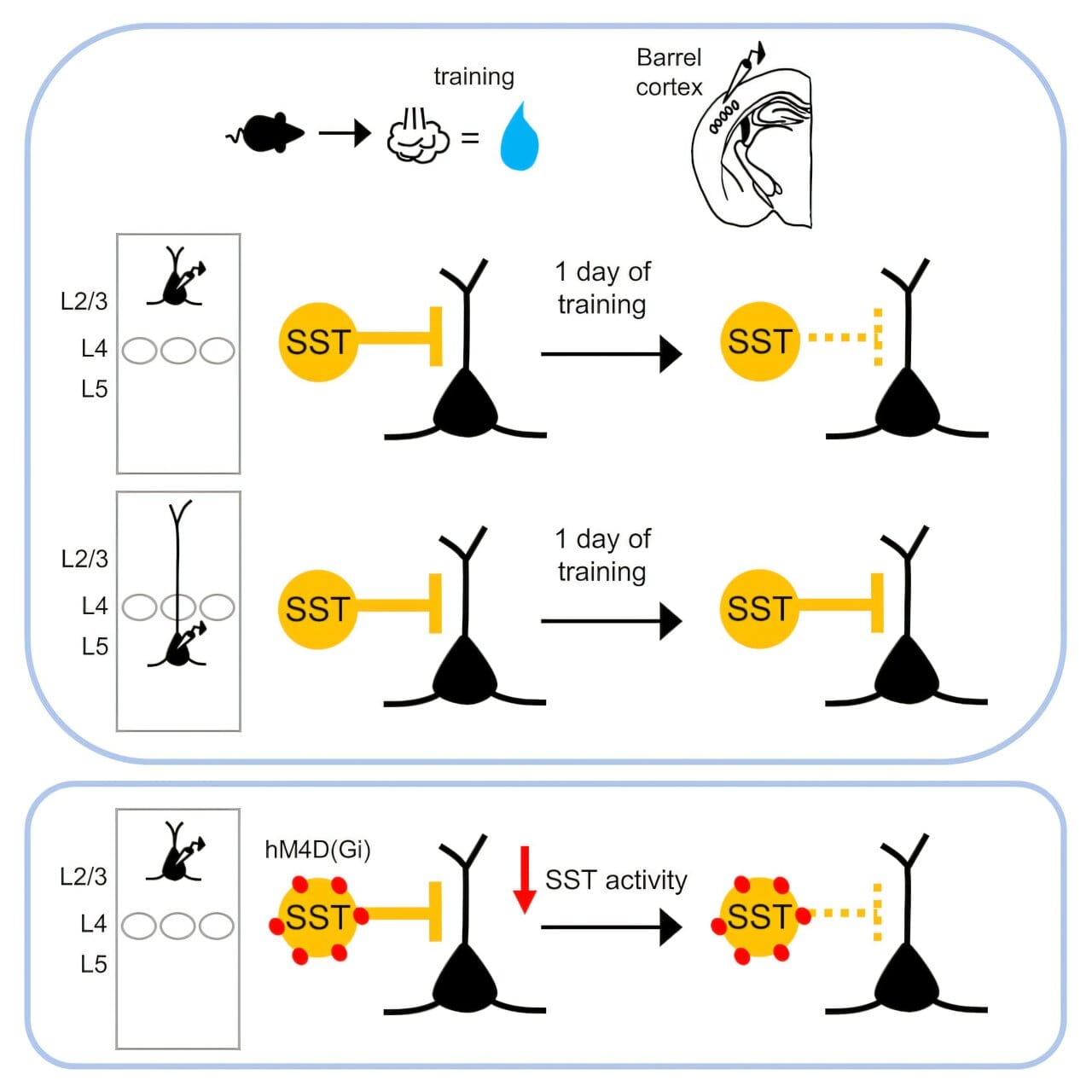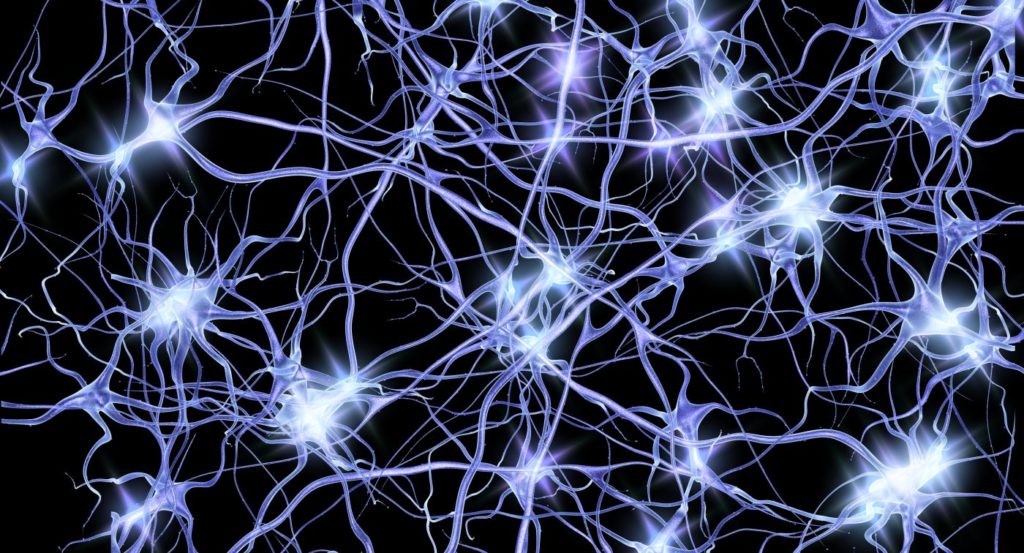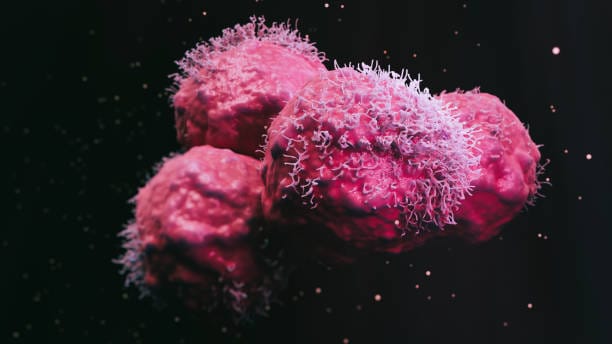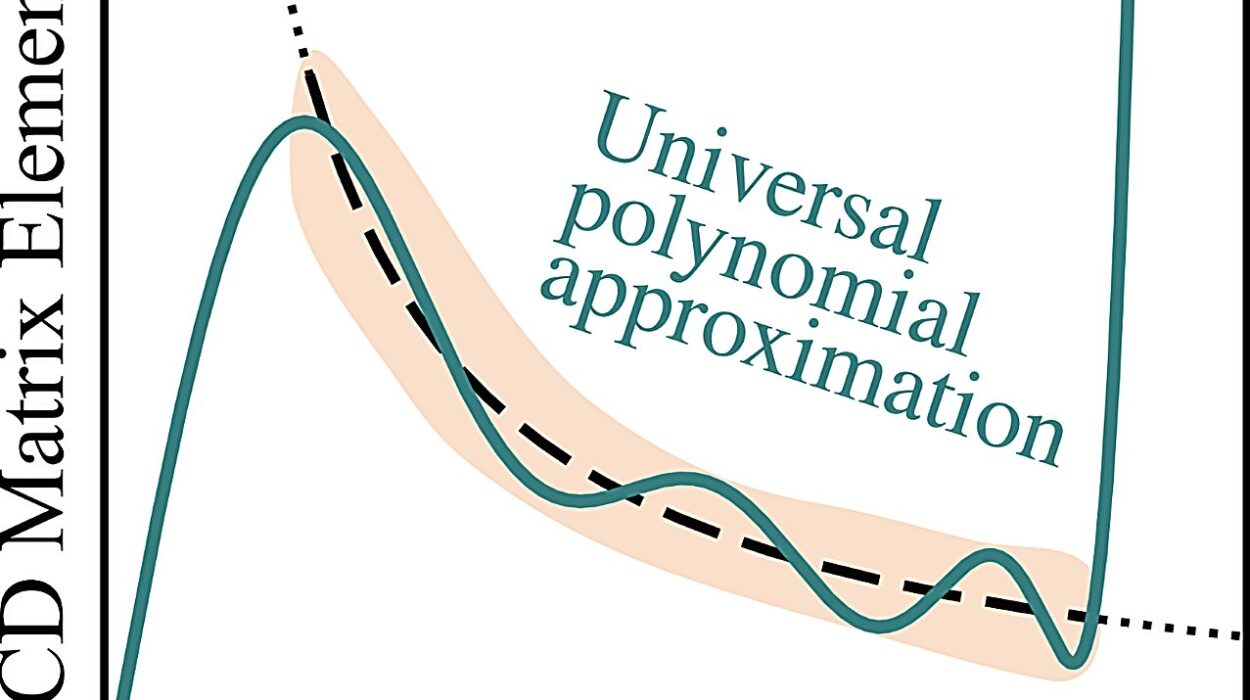Think back to your first big mistake behind the wheel of a car—maybe the day you got a speeding ticket. Chances are, that memory is crystal clear. You remember the flashing lights in the rearview mirror, the sinking feeling in your stomach, and maybe even the officer’s exact words. But if someone asked you what you had for dinner two weeks ago, you’d probably struggle to recall.
This difference isn’t random. The human brain is wired to remember experiences that teach us something important. When an event creates a meaningful association—like “drive too fast, get punished”—it leaves a sharper imprint than something mundane, like an ordinary meal. Now, new research from Carnegie Mellon University sheds light on why this happens, identifying the specific neural connections that tune our brains to learn from causality.
Learning Through Patterns and Predictions
Our brains are pattern-recognition machines. If you see dark clouds gathering outside, you probably predict rain and grab an umbrella. That connection doesn’t take years of study—you only need to get caught in a few rainstorms to learn that cloudy skies and wet weather often go together.
But imagine if, in some alternate world, clouds had nothing to do with rain. If there were no useful link, your brain wouldn’t bother paying attention. This ability to separate meaningful patterns from noise is central to how humans—and many animals—navigate the world.
Eunsol Park, a Ph.D. student in Carnegie Mellon’s Department of Biological Sciences, describes it this way: “It may only take one or two rainstorms to realize it’s a pattern worth paying attention to. If there’s nothing to learn, the brain simply moves on.”
Peering Into the Learning Brain
The question scientists asked was: What’s happening inside the brain during these first-time experiences? How does the brain decide whether something is important enough to remember?
To answer this, researchers in the Barth Lab focused on connections between two different types of neurons in the sensory cortex—the brain region that processes information from our senses. This part of the brain exists in many animals, not just humans, which makes it a powerful model for understanding universal learning mechanisms.
The team discovered that these neural connections only grew stronger when the brain detected a meaningful association. In other words, the neurons changed if—and only if—the experience offered something useful to learn. If there was no clear link, the brain didn’t bother reshaping itself.
Lessons From Whiskers and Rewards
To uncover these insights, the researchers worked with mice. Why mice? Because their brains share many fundamental features with ours, making them a valuable model for studying how learning works.
The experiment was simple but revealing. In one group, whenever a mouse felt a puff of air on its whiskers (the stimulus), it always received a reward. Very quickly, the mice learned the pattern: whisker puff equals reward. In this case, researchers saw clear changes in the neurons’ connections.
In a second group, the puff of air sometimes led to a reward, but not always. The unpredictability made it harder for the mice to form a reliable association, and the brain’s neurons didn’t show the same strengthening.
In a third group, mice received rewards without any stimulus at all—meaning there was no cause-and-effect pattern to learn. Not surprisingly, there was no measurable change in neural activity here either.
As Park summarized: “Somehow the brain can distinguish whether there is a useful association to make, or there is nothing to learn.”
Why First Experiences Are So Powerful
Alison Barth, professor of life sciences at Carnegie Mellon, explains the broader implication: “Our brains are wired to understand how one thing causes another. And when you’re first trying to learn something, it’s a very special time.”
That first experience—whether it’s touching a hot stove, learning to ride a bike, or hearing the sound of thunder after lightning—has a unique power to reshape the brain. The connections between neurons adjust, preparing us to predict and respond to the world more effectively in the future.
This explains why first lessons, especially when linked to cause-and-effect, feel so impactful. They don’t just give us information—they physically reshape our brains, strengthening the pathways that will guide our behavior.
Implications Beyond the Lab
Though the study focused on mice, its significance reaches far beyond. Because these brain mechanisms exist in many animals, including humans, the findings could help explain why some learning experiences are transformative while others fade into the background.
For educators, parents, and even people striving for self-improvement, the message is powerful: learning is most effective when it connects to something meaningful. If the brain can see the “why”—the cause-and-effect link—it invests energy in remembering. If not, the lesson is likely to be forgotten.
The research also offers hope for addressing learning challenges. By understanding the precise neural changes involved in meaningful learning, scientists may one day design better strategies for teaching, therapy, and rehabilitation.
A Brain Built for Meaning
At its core, this study reinforces something profoundly human: we are creatures of meaning. Our brains don’t simply collect data—they sift through experience, searching for patterns that matter. That’s why we remember the sting of a speeding ticket or the thrill of a first kiss far more vividly than we recall a random Tuesday lunch.
As Barth puts it: “Learning something new is so powerful. And this shows that our brains are very sensitive to things that make sense.”
The takeaway is clear: the brain is not a passive recorder of events. It is an active sculptor, constantly reshaping itself in response to experiences that hold meaning. Every time we connect cause and effect, every time we notice a pattern worth remembering, we are rewiring ourselves—one meaningful memory at a time.
More information: Eunsol Park et al, Somatostatin neurons detect stimulus-reward contingencies to reduce neocortical inhibition during learning, Cell Reports (2025). DOI: 10.1016/j.celrep.2025.115606






